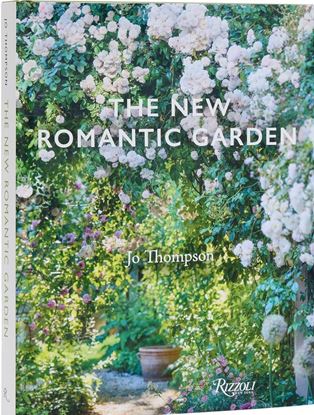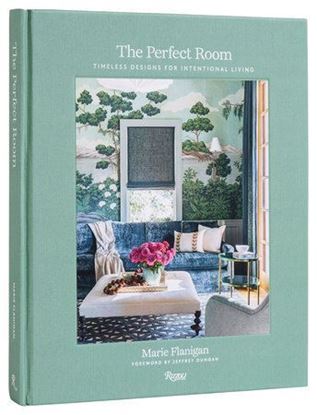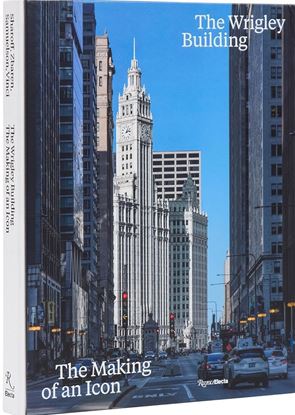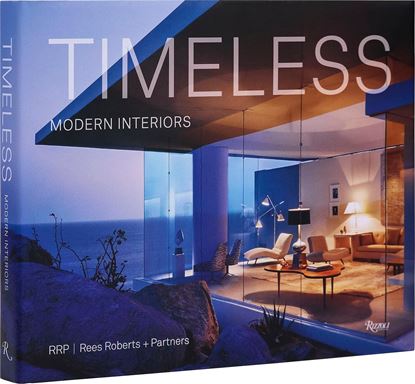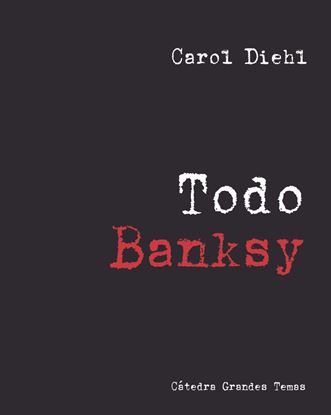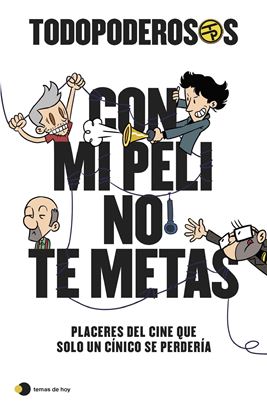

THE NEW ROMANTIC GARDEN
Over her thirty-year career, celebrated designer Jo Thompson has become recognised for her timeless planting, well-proportioned, English-style gardens rendered modern by a staunch commitment to biodiversity to the eye this translates as a looser formality than English gardens of the past, though every bit as romantic.
2,995
2,396
THE PERFECT ROOM
Flanigan looks at the home on a room-by-room basis, identifying common design challenges, offering solutions on how to create rooms that are aesthetically pleasing and efficient. With examples chosen from her work, she shares seasoned wisdom and creative approaches to every decision ranging from building materials and architectural details to furnishings, color, textiles, accessories, and organization.
3,800
3,040
THE SPIRITED GARDEN. CREATIVE PRIVATE
A mix of high plant/horticultural knowledge and a love of artistically repurposed everyday materials creating unique features will strike a chord with all those who dream of perking up their own gardens. Doreen sought out the most original gardens to feature those that use cleverly repurposed industrial and found materials: handmade archways of gnarled branches or hand-welded fences, mixed with unique sculptures and structures. Text and deep captions full of plant IDs highlight unusual or remarkable collections of flora and foliage that will inspire readers to re-create or come up with their own planting designs and combinations.
2,995
2,396
THE WRIGLEY BUILDING
The Wrigley represents the high-water mark of Beaux Arts Classicism in the city, a gleaming white palazzo at the head of Chicago’s grandest boulevard, Michigan Avenue. With lavish terra-cotta ornamentation, it was Chicago’s tallest building when it opened in 1921. The book focuses on the intertwined stories of William Wrigley Jr., the larger-than-life founder of the chewing gum empire, and Charles Gerhard Beersman, the relatively unknown architect who, mentored by architect Julia Morgan, brought the building to life.
5,995
4,796
TIFFANY & CO. HISTORIA DETRAS DE LA MODA
Todo el mundo conoce las cajitas azules de Tiffany & Co., pero esta es la fascinante historia real que hay detrás del éxito de la marca de joyería más famosa del planeta.
Descubra cómo el valiente emprendedor Charles Lewis Tiffany, recién llegado a la ciudad de Nueva York en 1837, consiguió convertirse en el «Rey de los diamantes».
La historia de grandes ganancias y pérdidas, del descubrimiento de gemas inéditas y genios del diseño, y de la creación de algunas de las joyas más emblemáticas de nuestro tiempo, entre las que se incluye el clásico anillo de compromiso Tiffany.
995
796
TIMELESS MODERN INTERIORS
The first book to feature the interior design of the stylish, award-winning firm RRP / Rees Roberts + Partners, led by Interior Design–hall of fame inductee Lucien Rees-Roberts.
As Pilar Viladas writes in her introduction, “Rees-Roberts does not have a signature style. Instead, the interiors designed by his New York firm … have style, period, and lots of it.”
Well-known for his subtle use of color, texture, and fabric, Rees-Roberts’s designs capture the essence of modern living. Descended from generations of painters, his love for art is an important source for his inspiration and indelibly marks the work. Functionally elegant designs are characterized by a deference to art as well as to light and the views provided by natural surroundings. Each designed home reflects the owner’s character as well as the needs of everyday life, incorporating custom furniture and unusual antiques. The book, bound in sumptuous cloth and wrapped in a jacket with French folds, reflects the firm’s ever-present attention to detail.
4,300
3,440
TODO BANKSY
Banksy es el artista vivo más famoso del mundo, pero nadie conoce su identidad. Durante más de veinte años, sus pinturas irónicamente políticas y de humor negro han aparecido misteriosamente en las paredes urbanas de todo el mundo generando titulares y controversia. Los críticos de arte lo desprecian, pero el público (y el mercado del arte) lo aman. Con este libro, generosamente ilustrado, la artista y crítica Carol Diehl es la primera autora en sondear las profundidades del misterio de Banksy. A través de la exploración de sus pinturas, instalaciones, escritos y la película "Exit Through the Gift Shop (Pase por la tienda de recuerdos antes de salir)", nominada a los Oscar a la mejor película documental, Diehl demuestra inequívocamente que Banksy es más que pintura en la pared.
1,700
1,360
TODOPODEROSOS: CON MI PELI NO TE METAS
Cine y humor de la mano del podcast cultural con la comunidad más sólida de España.
El primer libro de Todopoderosos.
Todos tenemos películas supuestamente malas que no podemos dejar de ver una y otra vez. Cintas denostadas por público y crítica que, por diversos motivos, se nos han quedado pegadas, se han ganado un lugar en nuestro corazón.
Armados de argumentos, referencias y sentido del humor, Juan Gómez- Jurado, Rodrigo Cortés, Javier Cansado y Arturo González-Campos defienden en este libro este tipo de películas. A través de joyas desconocidas, placeres culpables, obras nostálgicas y bodrios divertidísimos, nos invitan a reconectar con el cine más allá de puntuaciones y tendencias efímeras para vivirlo como lo que es: una experiencia intelectual pero, sobre todo, emocional.
900
720
TOP SECRET. CINE Y ESPIONAJE
La primera obra consagrada a la fructífera relación entre el espionaje y el cine, las series de televisión o incluso los dibujos animados, desde la película Protea, dirigida por Victorin Jasset en 1913, a los trabajos de Fritz Lang, Alfred Hitchcock, Kathryn Bigelow, Brian de Palma, John Huston o Laura Poitras.
Organizado por orden alfabético, este libro ofrece además entrevistas en exclusiva con realizadores como Olivier Assayas, Arnaud Desplechin y Éric Rochant, o con la actriz y chica Bond Léa Seydoux, así como textos perfectamente documentados sobre la historia que ha entrelazado al cine con el espionaje.
Se muestran los resortes de la geopolítica mundial a través de James Bond, Jason Bourne, Argo, Misión Imposible, Shiri… o de series como Homeland, The Spy o Le Bureau des légendes [Oficina de infiltrados].
1,850
1,480


